
It’s as hard to write a page-turner as it is to write fiction that brings fresh perspective and meaning to the world. Achieving both in a single work is a feat accomplished by only the best of writers—but the 2010s produced multiple works that will go down in history as propulsive and deep, moving and timeless.
Ten in particular stand out: Jennifer Egan’s A Visit From the Goon Squad and George Saunders’ Tenth of December predicted the near future with eerie precision. Jesmyn Ward’s Sing, Unburied, Sing and Colson Whitehead’s The Nickel Boys mined the recent past to devastating effect. The most imaginative and absorbing fiction of the decade drew us in and made us reflect on ourselves—where we have been, and where we must go.
Here are TIME’s picks for the 10 best fiction books of the 2010s, in order of publication year. Also read TIME’s list of the best nonfiction books of the decade.
A Visit From the Goon Squad, Jennifer Egan (2010)

Jennifer Egan’s A Visit From the Goon Squad feels even more significant now than it did when it was first published nearly a decade ago. The book’s mold-breaking structure, which switches between different characters with each chapter, has become a favorite trick of modern novelists. But it’s Egan’s prescience about technology that has truly stood the test of time. One memorable chapter is written entirely as a PowerPoint presentation delivered by a daughter about her family, a demonstration of the way in which technology filters personal stories. She also posits a future in which toddlers become social media influencers and steer pop culture, a prediction that in the last several years has become a reality. But the Pulitzer Prize-winning novel has proven to be more than just a formal accomplishment and a bellwether of technological trends. It also captures something timeless: how aging, and the ways we attempt to cope with it, can wreak havoc on human connection.
Buy now: A Visit From the Goon Squad
My Brilliant Friend, Elena Ferrante (2011)

Two young girls, Lila and Lena, become friends when one of them drops the other’s beloved doll into the scariest shaft she can find and, in fury, the other follows suit. Together they have to face their fears and retrieve them. And so begins a tale in which the two hurt, love, goad and envy each other, traversing the spectrum of interpersonal behaviors from cruelty to utter tenderness. One of the most dazzling aspects of My Brilliant Friend is that readers can never tell exactly who’s brilliant and who’s a friend—and neither can Lila and Lena. Translated from the Italian by Ann Goldstein, with a deep historical understanding of 1950s Naples, the book (like the three more installments of the Neapolitan series that followed) was a sensation from its original publication in Italian in 2011, not least because the true identity of author Elena Ferrante is still uncertain. Like her protagonists’, Ferrante’s motives are hard to ascertain, but her tale is as clear and brutal as falling glass.
Buy now: My Brilliant Friend
Gone Girl, Gillian Flynn (2012)
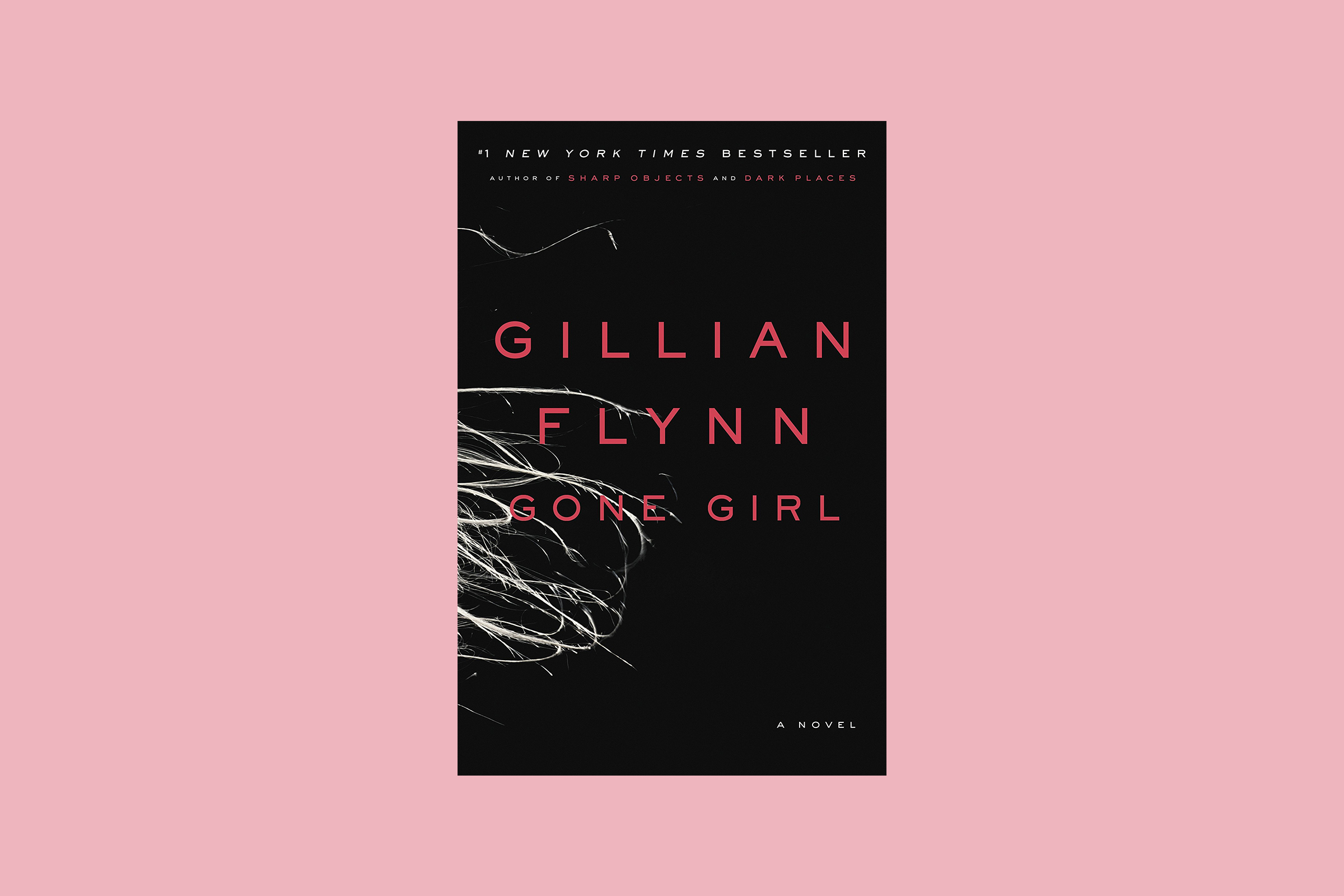
Author Gillian Flynn didn’t invent the unreliable narrator. But before Gone Girl, readers had never met a character quite like Amy Dunne: provocative, profane, mercurial and fully capable of delivering a monologue (the infamous “cool girl” speech) for the ages. It’s a lot easier to measure the impact of Gone Girl now than it was in 2012. The novel’s famous twist, in which it’s revealed that neither Amy or her husband Nick are what they seem, made the story hard for critics to parse when it was released. But since then, Gone Girl has defined a generation’s worth of mystery novels and spawned countless copycats—many with “girl” or “wife” in the title. Unlike many of its imitators, Gone Girl seriously reckons with complicated questions about victimhood, femininity and marriage, set against the straining backdrop of the Great Recession. The qualities of a good thriller—crackling prose, a palpable sense of dread, sharply-drawn characters—are all present in Gone Girl. But Flynn elevates the novel above pulpy cliches, rendering a story that’s both a sharp feminist critique and an engaging literary work.
Buy now: Gone Girl
Americanah, Chimamanda Ngozi Adichie (2013)
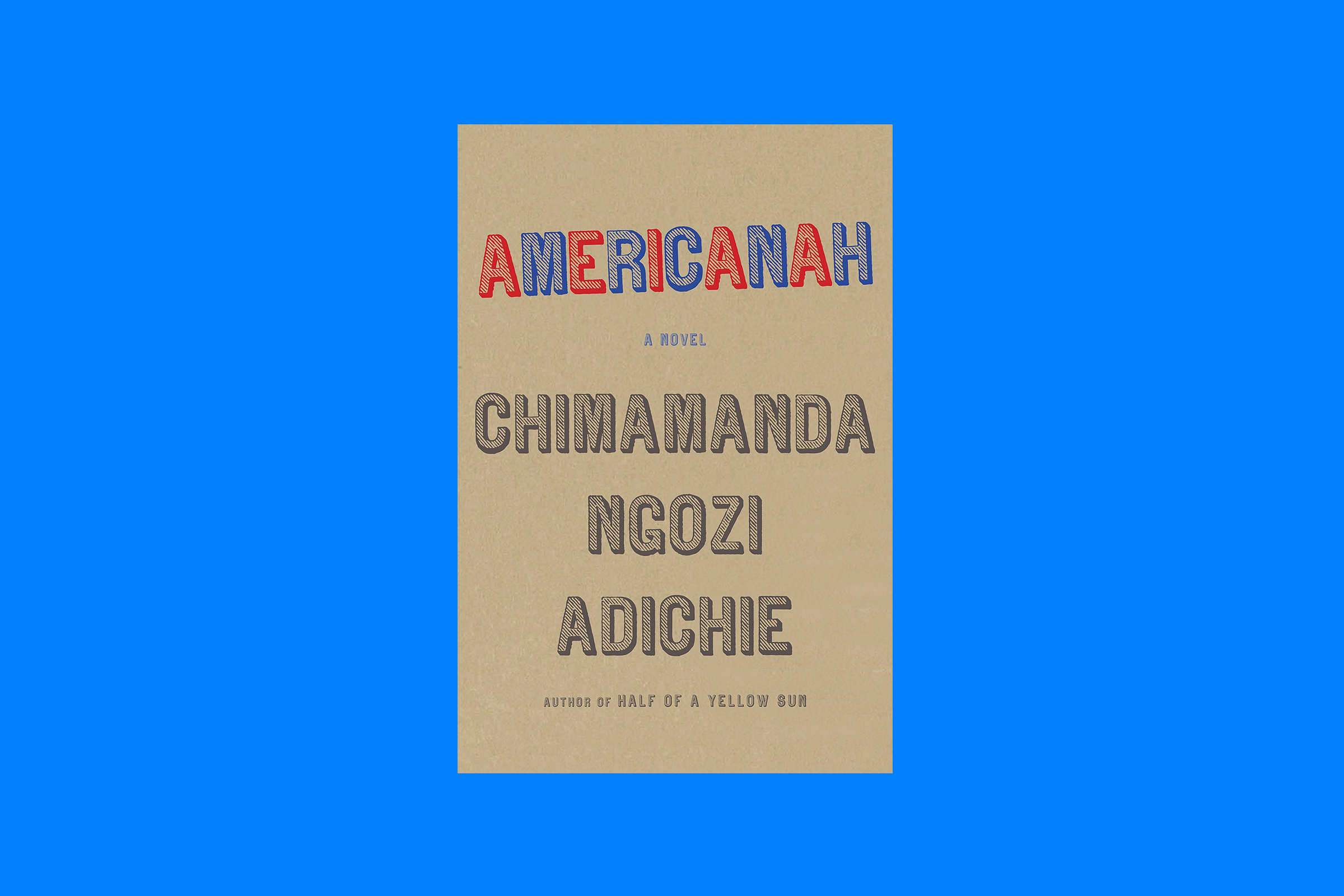
A literary prodigy who published her first book, Purple Hibiscus, at age 25, Chimamanda Ngozi Adichie cemented her place as one of her generation’s greatest novelists with Americanah. Its protagonist Ifemelu, like the author, is a young writer who travels from her native Nigeria to the U.S. to pursue an elite education—and learns what it means to be a black woman in a country built on white supremacy. Intertwined with her story is that of her high school boyfriend Obinze, whose failed attempt to join her puts him on a darker, more dangerous path in England. The question of whether each is better off at home or abroad hangs over their experiences across three continents in what is both a page-turner and a novel of ideas, a gimlet-eyed analysis of blackness in America and a warm, witty coming-of-age tale about finding your place in a world that just keeps getting bigger. Americanah stood out in a decade when art that probed identity in general and race relations in particular helped define the terms of a rightfully impassioned cultural conversation.
Buy now: Americanah
Life After Life, Kate Atkinson (2013)
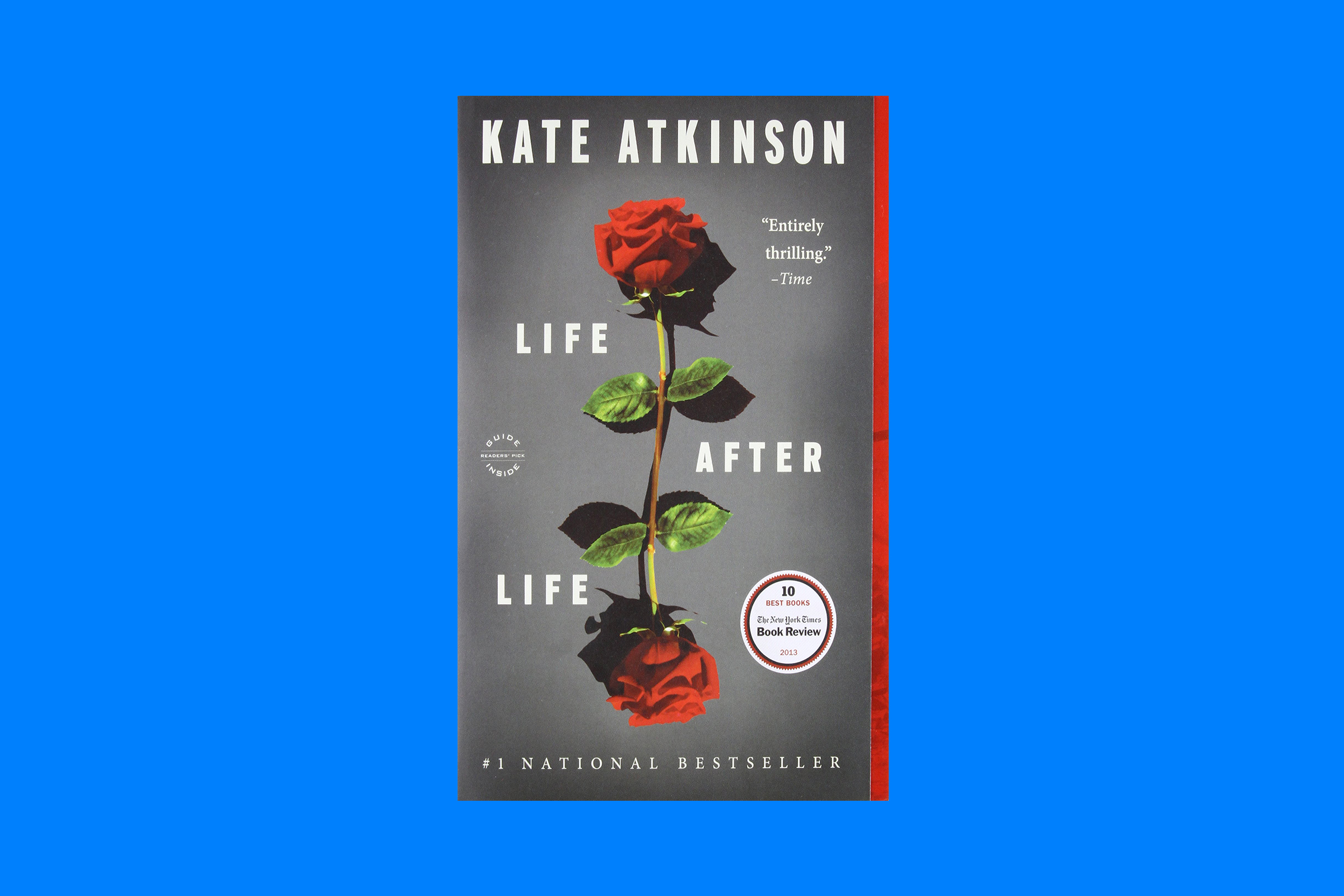
Ursula Todd dies over and over again in Kate Atkinson’s Life After Life—from falling off a roof, from drowning, from succumbing to the flu. But the deaths are just a device: this is a book about living, and above all, finding new ways to do it until you finally get it right. Atkinson made her name as a mystery writer, but Life After Life defies genre. The novel spans more than half a century, and Atkinson’s shifts in time deepen her storytelling, allowing readers to experience the effects of the sprawling cast of characters’ choices—a marriage abandoned or saved, a soldier who survives or perishes. It’s also a defining account of wartime London, as Ursula experiences the devastation of the Blitz from various perspectives, highlighting the senselessness of bombing raids. The story of her multiple lives is both moving and lighthearted, filled with comic asides and evocative language about life’s many joys and sorrows. Despite the obvious tragedy, Ursula’s unconventional existence is ultimately affirming, as she reminds us that “we should try and do our best,” even as we face our own mortality.
Buy now: Life After Life
Tenth of December, George Saunders (2013)
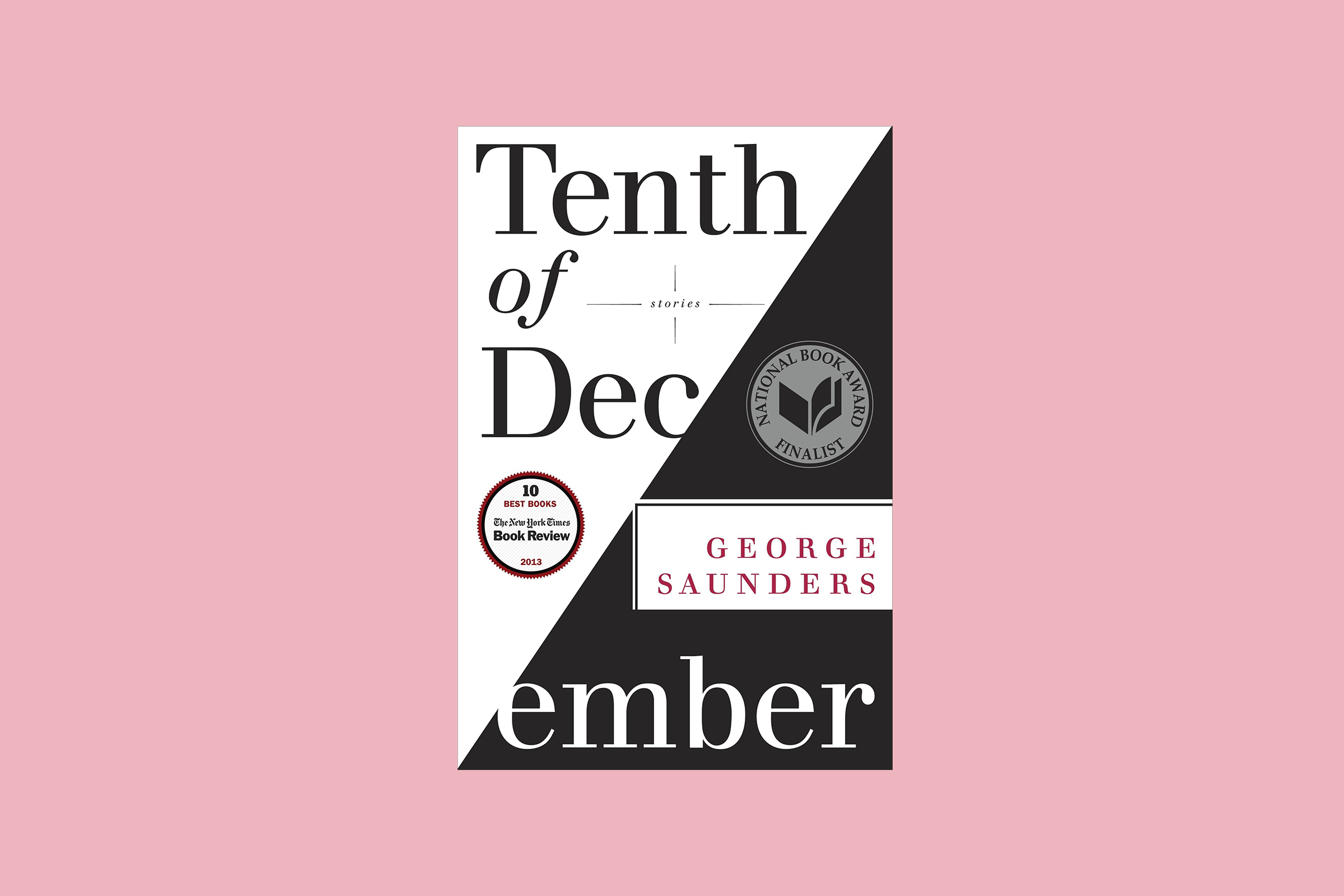
Great writers rarely earn their place in history through short stories. Among the exceptions are Poe, Chekhov, Borges, Munro—and, since the publication of his fourth collection Tenth of December in 2013, George Saunders. In 10 immersive fictions that felt current at the time but reveal even more clairvoyance six years on, the longtime Syracuse professor stirs reality and surrealism into an intoxicating cocktail, mixing sci-fi concepts, human emotion and biting humor. “The Semplica Girl Diaries” imagines a world where girls from developing nations are brought to America to serve as living lawn decor. “Escape From Spiderhead” takes place at a futuristic prison, where inmates are used as test subjects for drugs designed to make them fall in and out of love. Each of these darkly comic tales cuts to the quick, underpinned by an urgent moral consciousness and well-justified anxiety about what happens when technology starts to overtake humanity. In a tribute for 2013’s TIME 100, Mary Karr called Saunders “the best short-story writer in English.” Since then, he has inspired many imitators, but no equal.
Buy now: Tenth of December
The Sellout, Paul Beatty (2015)
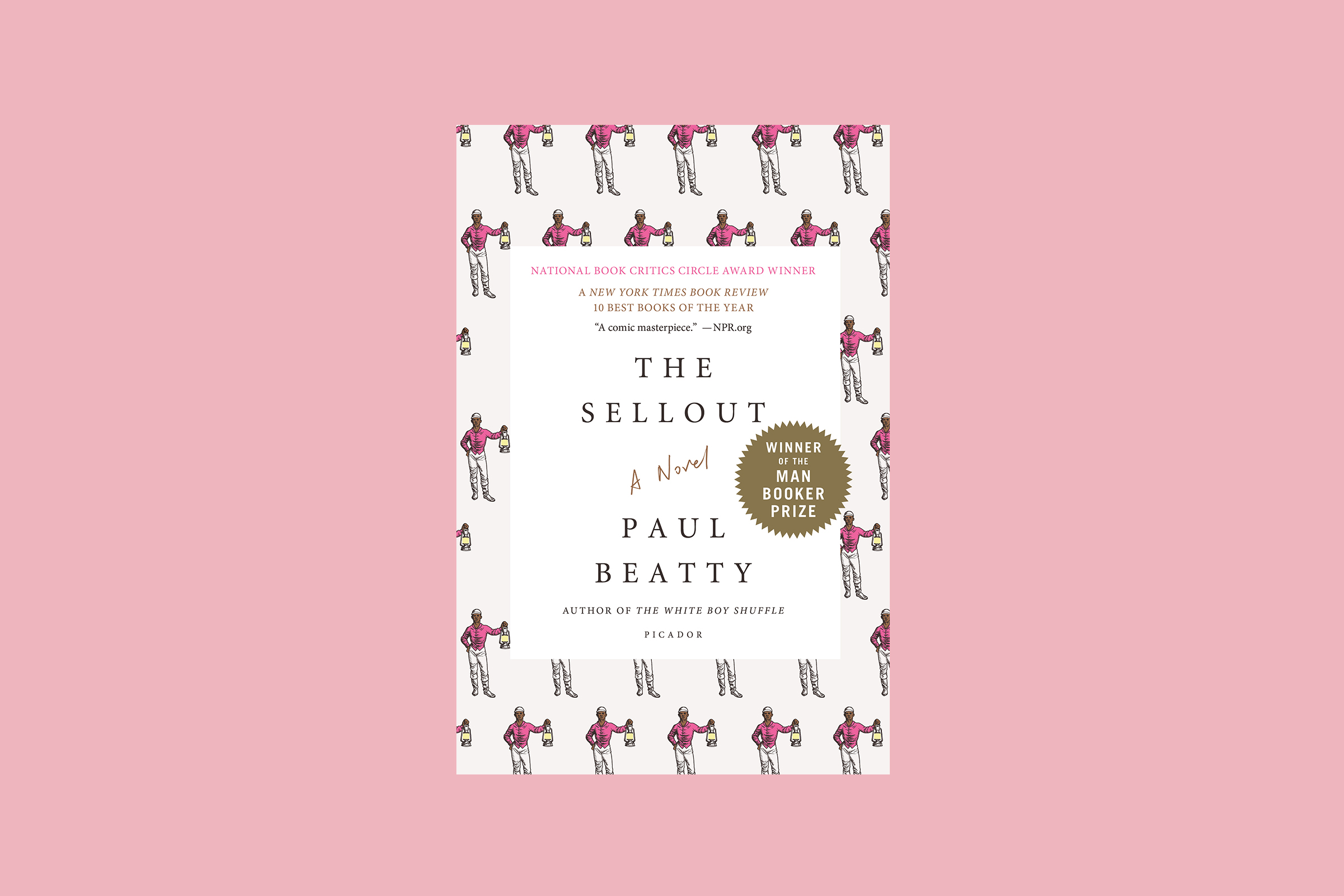
The plot is absurd: narrator and protagonist Bonbon is a quality-obsessed farmer in Dickens, Calif., a primarily African-American and Latino neighborhood in Los Angeles. Formerly a thriving city, Dickens’ decline has led to its demotion to an unmarked neighborhood, and the narrative is primarily driven by Bonbon’s attempt, along with his slave Hominy, to save Dickens from further dissolution by re-segregating the local high school. As with all great absurdist and satirical literature, the Man Booker Prize winner is hilarious, not for the sake of laughs, but in the service of delivering scathing truths about the world. Paul Beatty’s sentences burn with the heat and density of a neutron star, thick with keen social observation, illuminating contemporary and historical references, deeply felt rage against and love for life in 21st-century America and, more than anything else, the sort of honed-edge humor that makes you laugh but also want to cry.
Buy now: The Sellout
Sing, Unburied Sing, Jesmyn Ward (2017)
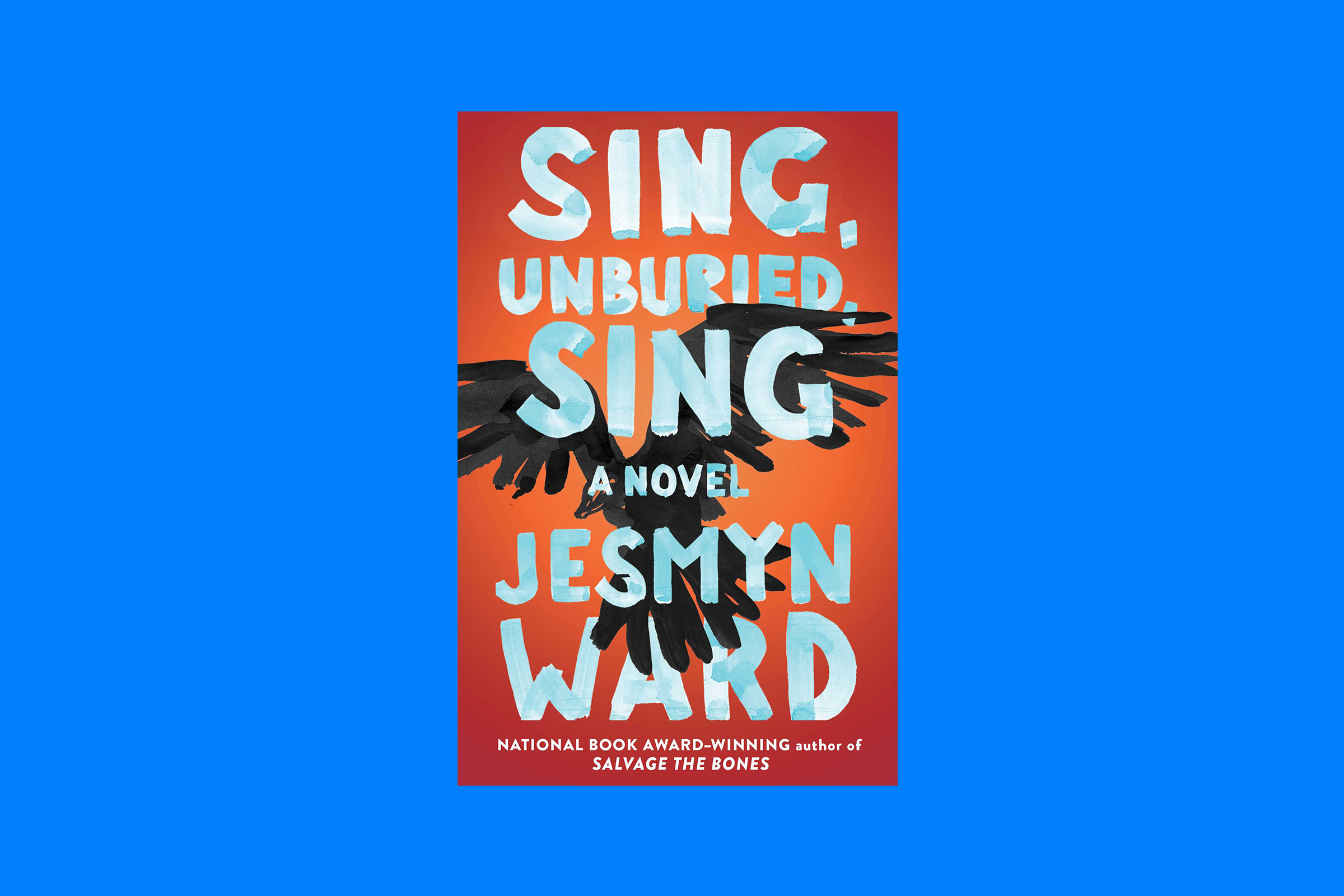
Few authors have had a more impressive run in the 2010s than Jesmyn Ward. Raised in Mississippi and committed to documenting the unacceptable realities of black life in the South, Ward won the National Book Award for her second novel, 2011’s Hurricane Katrina meditation Salvage the Bones. Two years later, she published Men We Reaped, a wrenching memoir tracing the deaths of five young black men who played indelible roles in her life. The capstone to these achievements was 2017’s Sing, Unburied, Sing, which made Ward the first woman to win two National Book Awards for fiction. A lyrical ghost story of a novel, Sing follows a fragile, drug-abusing black woman named Leonie on a road trip with her two children to bring the kids’ white father home from prison. As that seemingly straightforward journey grows ever more arduous, the book moves fluidly between the present and the past, gradually uncovering the race-related trauma that has shaped this interracial family.
Buy now: Sing, Unburied, Sing
Little Fires Everywhere, Celeste Ng (2017)
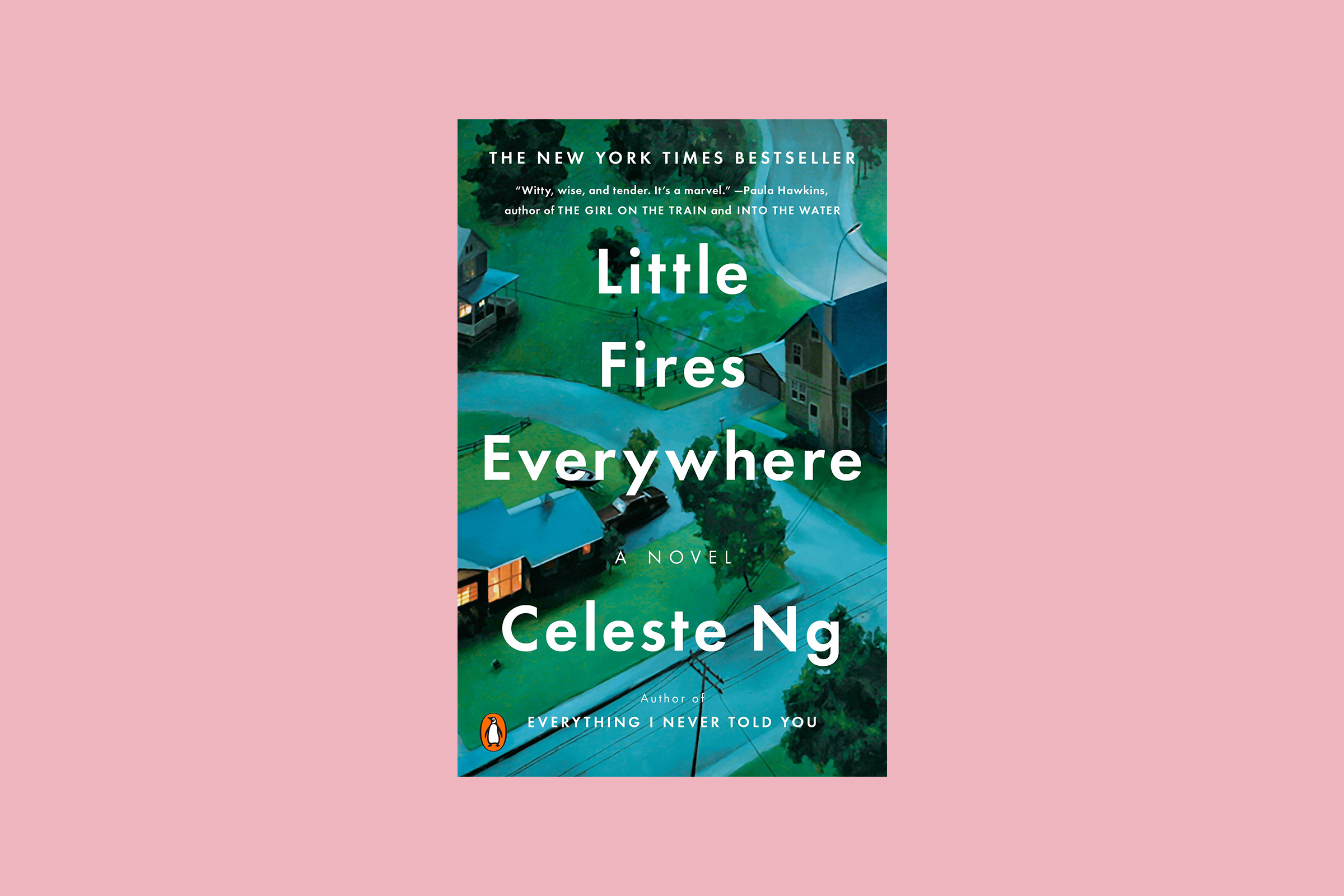
Little Fires Everywhere begins as a whimsical whodunnit—who set fire to the home of the wealthy Richardson family in Shaker Heights, Ohio?—and unfolds into a dizzying and multifaceted examination of abortion, motherhood, racial identity and class warfare. Members of the Richardsons believe that Shaker Heights is an American utopia, but their worldview is challenged when a poor artist and her teenage daughter arrive in town with their own conceptions of self-worth and achievement. Romances blossom. Secrets are swapped. Bitter rivalries form. As the two families become deeply entangled in one another’s lives, the differences between them become too vast to handle. Author Celeste Ng, who lived in Shaker Heights as a child herself, weaves a tightly constructed mystery—currently being adapted into a Hulu miniseries starring Reese Witherspoon and Kerry Washington—with an unflappable and unsentimental hand. In doing so, she creates a fiery read that leaves ashes in your brain.
Buy now: Little Fires Everywhere
The Nickel Boys, Colson Whitehead (2019)
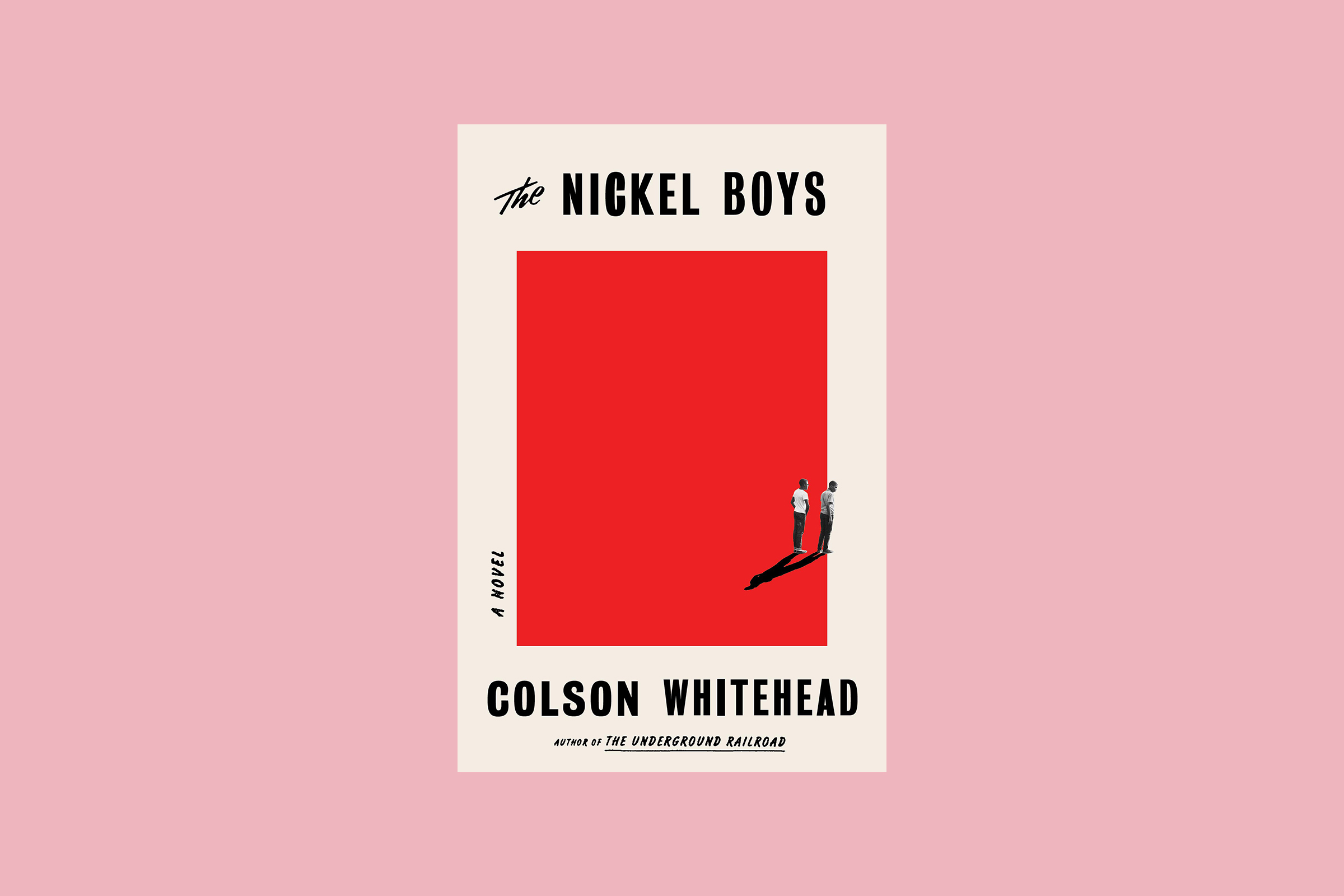
Colson Whitehead is a consummate storyteller, and in The Nickel Boys he wields his mastery over character and narrative in service of dramatizing the American South’s Jim Crow years to piercing effect. His brilliant 2016 novel, The Underground Railroad, won both a National Book Award and a Pulitzer Prize, only the sixth ever to do so—but The Nickel Boys is arguably even more powerful. Perhaps it’s the book’s proximity to present-day circumstances in the U.S. Reading it in a world just a generation removed from the traumas of Jim Crow requires engaging with the harrowing experiences of the characters, boys at a Florida reform school, not as the unfortunate outcome of some unknown, antediluvian society but as true to our own. “A piece of art really works when you see yourself in the main characters and you see a glimpse of yourself in the villains,” Whitehead told TIME this year for a cover story. “You see yourself in the minor and major characters where, but for a quirk of fate, you could be in there with them—that could be growing up as an African-American male in America.”
Buy now: The Nickel Boys
More Must-Reads From TIME
- The 100 Most Influential People of 2024
- The Revolution of Yulia Navalnaya
- 6 Compliments That Land Every Time
- What's the Deal With the Bitcoin Halving?
- If You're Dating Right Now , You're Brave: Column
- The AI That Could Heal a Divided Internet
- Fallout Is a Brilliant Model for the Future of Video Game Adaptations
- Want Weekly Recs on What to Watch, Read, and More? Sign Up for Worth Your Time
Contact us at letters@time.com